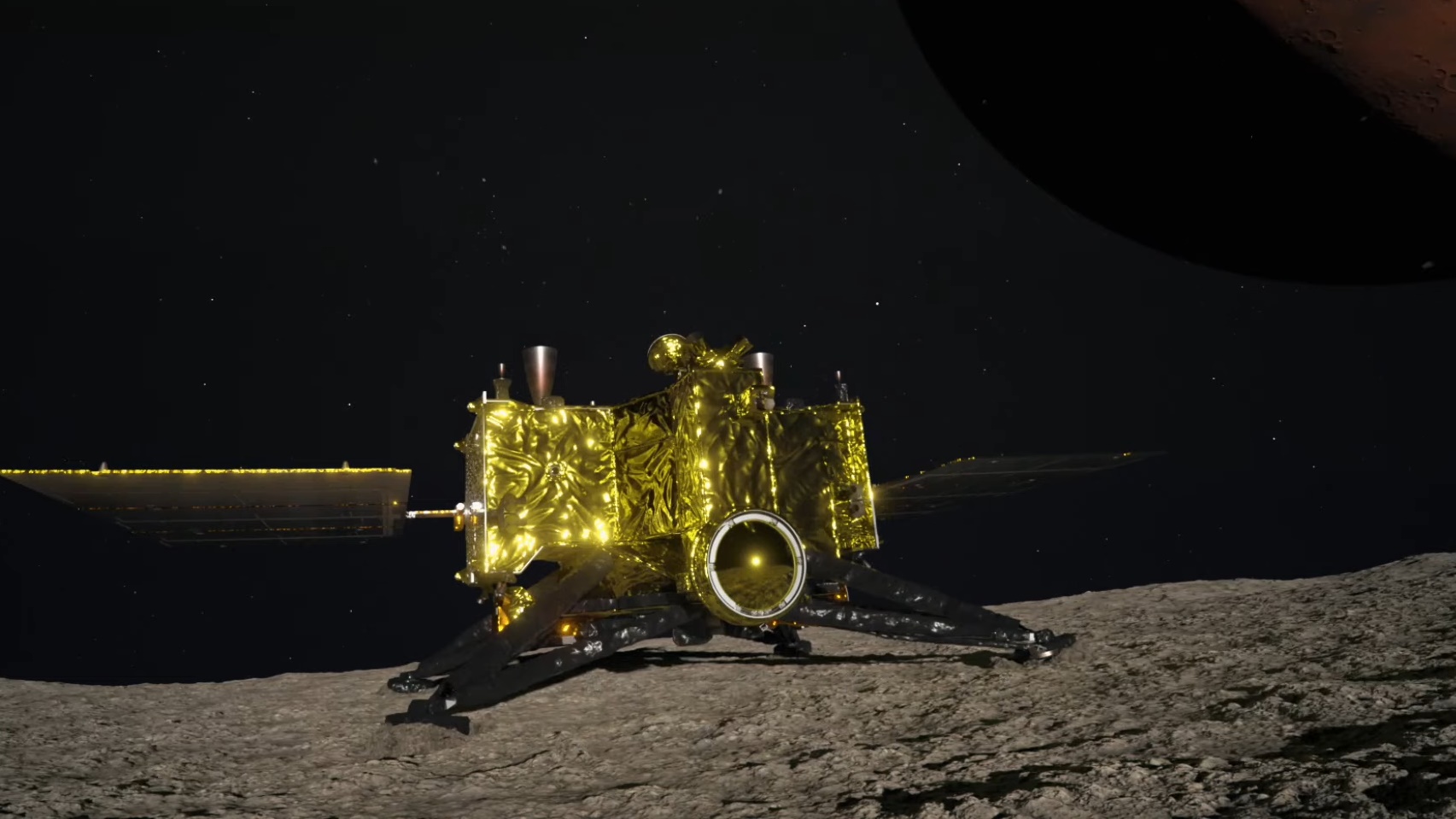- JAXA has entered a critical stage of development for its mission to Phobos
- The Martian Moons eXploration (MMX) Mission hopes to land a probe on Phobos by 2025
- The mission has already faced several delays due to the lockdowns caused by the COVID-19 pandemic
Despite sending a lot of hardware to Mars, humanity is yet to bring a sample of the Red Planet back to Earth. With NASA and the ESA working on a solution to solve that problem, the Japan Aerospace Exploration Agency (JAXA) has its sights on a Martian satellite.
The space exploration agency has shed more light on its mission to send a spacecraft to Martian Moon Phobos to collect a sample and return it to Earth. The mission has been dubbed the Martian Moons eXploration (MMX) Mission and it has just entered a critical phase.
As you might imagine, heading to Mars is tricky but retrieving a sample and then coming back to Earth adds even more complexity to the situation.
The mission has already faced some delays due to the COVID-19 pandemic. Not only did lockdowns prevent the delivery of certain vital components, but working remotely also proved especially difficult for the rocket scientists.
“COVID-19 forced us to work remotely, but we were able to hold remote meetings and prepare documents without any problems. However, we were unable to see for ourselves the actual hardware that was under development by manufacturers and affected our on-site work,” explains Sawada Hirotaka associate senior engineer of the MMX project team at JAXA.
The team hopes to complete a wide array of tests by the end of 2023 but there is a laundry list of tasks laid out. Everything from power delivery, communication systems and instruments for science observations need to be tested ahead of structural testing in June 2023.
Given that the spacecraft has to travel an incredible distance, special attention must be paid to the weight of the components. While JAXA is using learnings from its Hayabusa and Hayabusa2 spacecraft, there are special circumstances it must consider.
“Hayabusa and Hayabusa2 were missions that collected samples from a celestial body with a little or no gravity. However, Phobos has gravity, and we need to prepare landing legs that are suitable for the gravity level. We had to design the spacecraft by guessing what kind of leg would be necessary for landing on Phobos. But because our knowledge is limited about the surface condition of Phobos, on which nobody had ever landed, and it was quite challenging,” explains Imada Takane, spacecraft system lead engineer for MMX at JAXA.
So why Phobos and not Mars itself? For one, scientists at JAXA hope that studying Mars’ Moons, will help us understand how our solar system was formed. Of course, colonisation is also top of mind.
“If we can land on Phobos, this might eventually lead us to establish a base on Phobos to conduct crewed activities on Mars,” explains Imada.
Speaking of colonisation, NASA’s Artemis mission has been delayed for some time now following several failed launches and the small issue of Hurricane Ian. Last week NASA announced that it was now eyeing a November launch date for the mission so that employees can tend to their homes and families in the wake of Hurricane Ian.
JAXA hopes to launch MMX by 2024 with the spacecraft landing on the Moon by 2025. It will then return to Earth in 2029.

